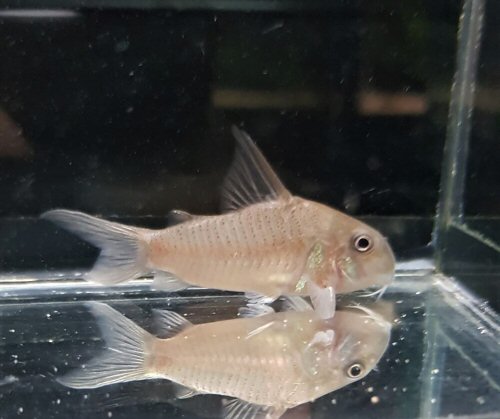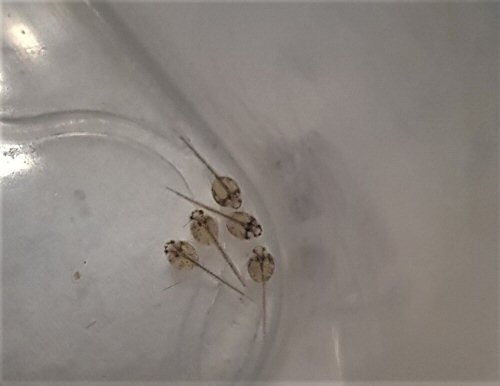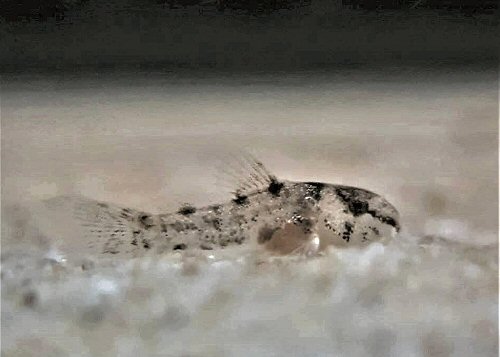SCOTCAT.COM
your internet guide to all things catfish
The
first recorded spawning of
Corydoras guianensis Nijssen, 1970 |
| by Mel Rushmore |
I actually ordered a full box from Michael Huthart of Northern Aquatics as a result of being kindly given a group of 4 male CW015 which had themselves been imported as C. guianensis however the females that also arrived with them did not make it through import and quarantine. In a later shipment I was expecting to receive CW015 but also hoping that I might get a mix including females to go with the males Ian Fuller of Corydoras World had kindly given me. When the box finely arrived they were all C. guianensis and I was greatly thrilled.
|
|
Corydoras guianensis - male
Corydoras
guianensis -
female They are kept at 25 degrees (77°F) dropping to around 21-22°C (67-71°F) with water changes, p.h is 6.5, tds was 99 at the time of the spawn and they laid mainly on a moss ball and the underside of java fern with one or two on the filter and glass. Eggs were laid between 2 and 4 at a time and very sticky so I split the batch and tubbed them separately using my preferred Esha 2000 anti fungal in one tub and a small alder cone in the other for the first 24 hours. I use Esha as its easier to gauge a dose but interestingly the tub with Esha despite having fertile eggs didn't yield any young at all but the ones I did get were in the tub with the alder cones. The eggs were around 1.75 mm in size.
|
Distrbution: Coastal rivers of Suriname and French Guiana. Type Locality: creek at right bank of Nickerie River, 12km of Stondansi Falls, Suriname. |
Eggs on a moss ball
Corydoras guianensis - newly hatched fry
I have only nine live fry at the time of asking (22/10/19) but only one maybe two females spawned from six plus in my group of 13. To be honest I think I pulled the eggs a little bit too early but the group arrived wild caught with youngsters in the mix which are only just maturing and I was prepared to risk damaging eggs over them potentially being eaten. The water in both tubs was changed at 50 percent daily until day of hatching, 3-4 days, with water taken from the parent tank and when hatched fry were moved to a new tub again filled with water from the parent tank. Below are the following images of the fry through to the 8 weeks stage.
Corydoras guianensis - newly hatched fry
Corydoras guianensis - 3 weeks old
Corydoras guianensis - 8 weeks old
|
Spawning details |
Species: 6
females, 7 males |
References |
| Alexandrou,
Markos & Taylor, Martin. (2011). Evolution,
ecology and taxonomy of the Corydoradinae revisited.
|
Photo Credits |
Author |
If you would like to contribute an article, please e-mail me. You will of course be credited for your work.
If you would like to donate any denomination of money to the site just click the above link button. All proceeds will go to running the site and hopefully to keep it going for a few years yet.
Print or e-mail this factsheet below









